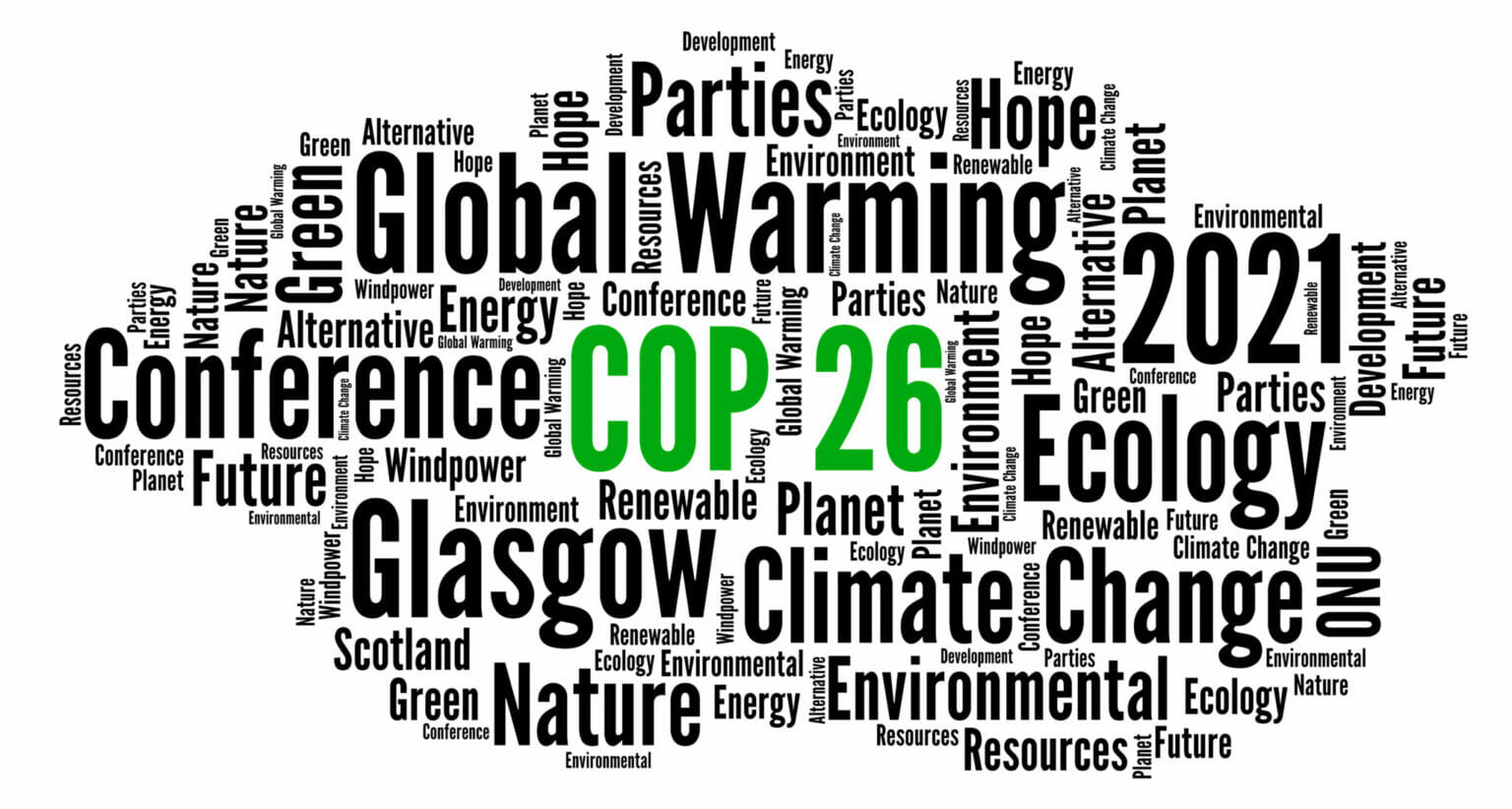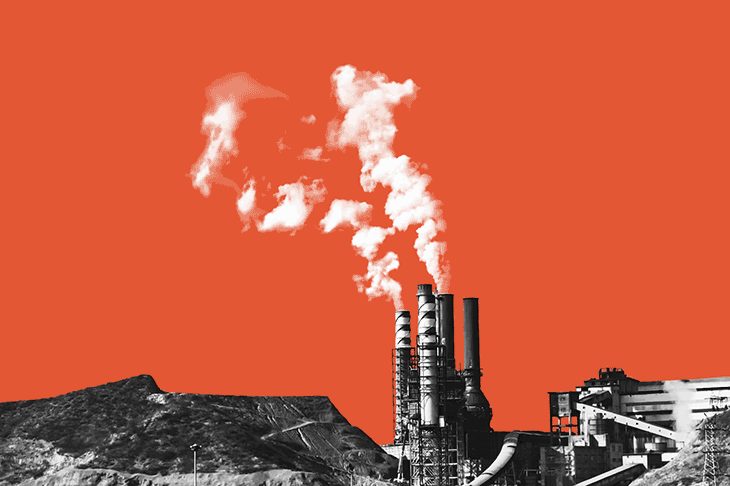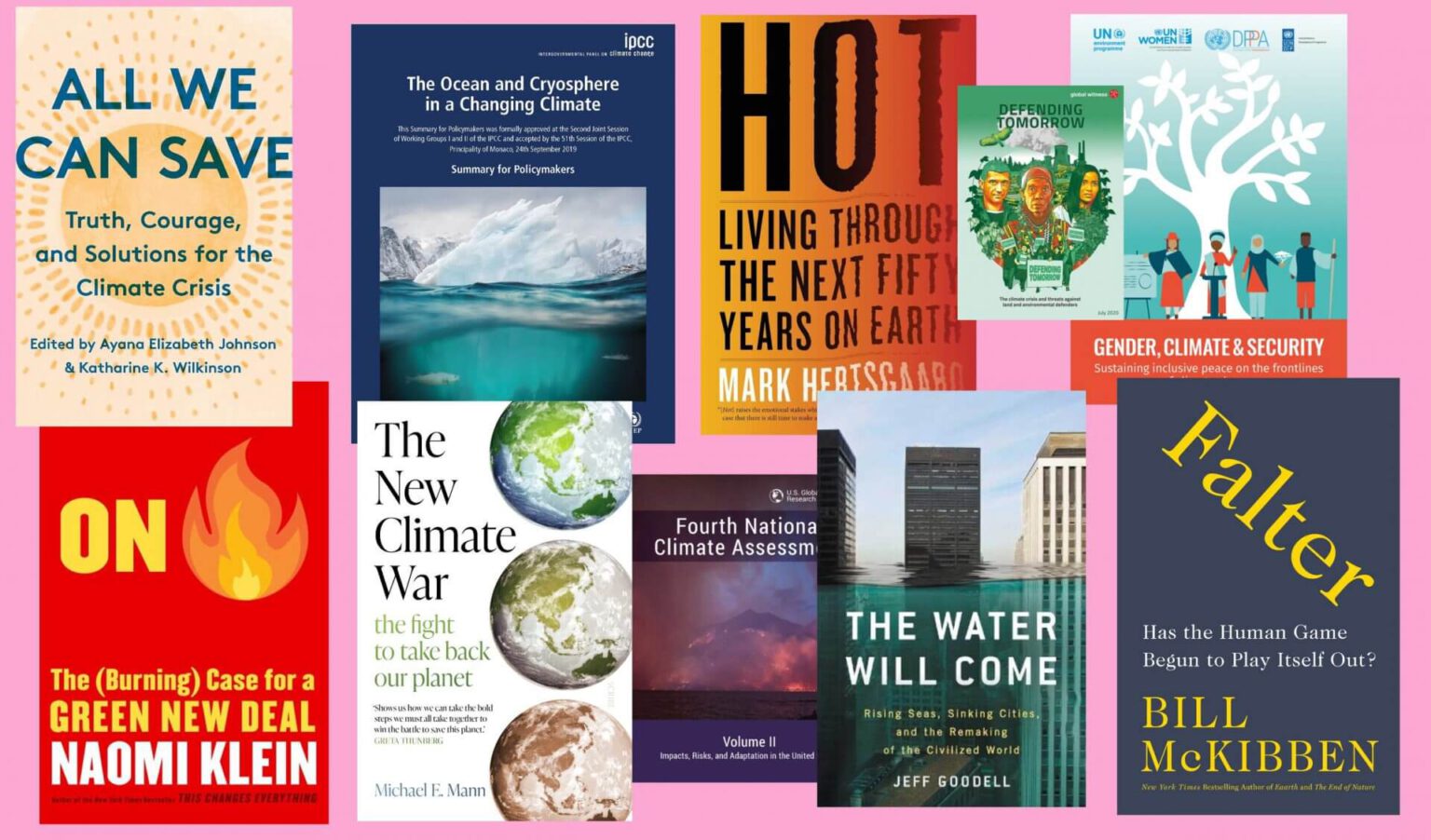Updated: September 15, 2023
Journalists who cover climate change know the number: 1.5 degrees Celsius. It’s the crucial threshold to which world leaders pledged to try to limit global heating, and at which climate impacts. Since the Industrial Revolution, Earth’s average global temperature has risen by 1.2 degrees Celsius, mainly because fossil fuel emissions in the atmosphere have trapped more of the sun’s energy. The majority of warming has happened since 1975, and the past eight years have been the warmest on record. This guide explains what the 1.5-degree-C target is, why it’s important, and how to include it in your reporting.
The 1.5-degree-C Target: Defining the Boundaries
What it is. The 1.5-degree-C temperature target was established under the 2015 Paris Agreement. World leaders pledged to limit the average global temperature increase to below 2 degrees C — while aiming for no more than 1.5 degrees C — above pre-industrial levels by 2100.
- The target was identified after scientists became more confident that 2 degrees C of temperature rise would lead to more cataclysmic impacts.
What’s happening now. At a global temperature increase of 1.2 degrees C, humanity is already experiencing record heat, drought, fires, storms, and flooding. For example, heatwaves are now happening five times more often than they did historically, according to the Intergovernmental Panel on Climate Change. Temperature rise has also contributed to sea-level rise, biodiversity loss, food insecurity, and threats to human health.
What happens at 2 degrees C? Scientists expect there could be ice-free summers in the Arctic, increased sea levels, and loss of 99% of coral reefs — the base of the marine food chain. According to the IPCC, that would lead to a fivefold increase in floods, storms, droughts, and heatwaves worldwide. On the world’s current path, Earth is projected to heat up by about 3.2 degrees C by 2100.
Strategies to Achieve 1.5 Degrees C
What’s needed. Limiting global temperature rise to 1.5 degrees C requires cutting global carbon emissions in half by 2030 and reaching net-zero emissions by 2050.
- Humanity has the knowledge and tools needed to limit temperature rise to 1.5 degrees C. It is still within our grasp, but it will be hard, and the window is closing fast. The challenges are not technological; they are political and economic. It really is a matter of will.
Key steps. Experts have concluded that there are two key imperatives to cap global temperature rise.
- First, the global economy must rapidly phase out oil, gas, and coal and shift to solar, wind, and other non-carbon energy sources. The International Energy Agency has said no new coal-fired power plants should be built, and scientists estimate that 90% of today’s coal reserves must be left in the ground. The IEA also said that no new fossil fuel infrastructure should be built, and at least 60% of oil and gas reserves must be left in the ground.
- Second, humans must end deforestation, much of which is driven by industrial agriculture’s expansion of beef, soy, and palm oil production. Parts of the Amazon rainforest have flipped from being a carbon sink that stores carbon dioxide to a carbon source that emits CO2.
How Close Are We to Passing 1.5 Degrees C?
Threshold crossed. The world has already passed the 1.5-degree-C threshold for short periods of time. For example, Copernicus Climate Change Service data showed that in July 2023 temperatures reached between 1.5 and 1.6 degrees C above pre-Industrial levels.
- Scientists at the World Meteorological Organization estimate that between now and 2027, there’s a 66% chance that the Earth’s temperature will pass the 1.5-degree-C threshold for at least one year. “WMO is sounding the alarm that we will breach the 1.5°C level on a temporary basis with increasing frequency,” said WMO Secretary-General Prof. Petteri Taalas.
Every bit counts. “Every tenth of a degree matters,” is an oft-repeated phrase among climate scientists. To understand the significance of each fraction of a degree, Wolfgang Cramer, a research director at the Mediterranean Institute of Marine and Terrestrial Biodiversity and Ecology, who co-authored a 2022 IPCC report, draws an analogy to a person with a fever. A 1-degree-C rise above the standard body temperature of 37 degrees C can induce discomfort and headaches, while a 2-degree-C increase intensifies the distress. Crossing 3 degrees C becomes perilous, especially for vulnerable individuals. Cramer applies the same principle to our planet.
“The consequences will differ at each degree and in different parts of the world: They will be most severe in places that are most vulnerable,” he says. “1.5 [degree] C will always be better than 1.6 [degree] C, which will always be preferable to 1.7 [degree] C.”
We’re Not Doomed
The benefits of less. Limiting temperature rise to 1.5 degrees C would help protect vulnerable ecosystems, reduce the risk of extreme weather, safeguard water and food security, and minimize the negative effects on human physical and mental health.
- “When you get above about a degree-and-a-half, these effects start to go non-linear,” said Michael Oppenheimer, professor of geosciences and international affairs at Princeton University. “It becomes very, very difficult for humans to catch up, to adjust.”
Jim Skea, chair of the IPCC, warns against fixating on the threshold. “We should not despair and fall into a state of shock” if global temperatures reach 1.5 degrees C, he said. “If you constantly communicate the message that we are all doomed to extinction, then that paralyzes people and prevents them from taking the necessary steps to get a grip on climate change,” he said. “The world won’t end if it warms by more than 1.5 degrees [C],” Skea said. “It will however be a more dangerous world.”
Incorporating the 1.5-degree-C Target in Reporting
Communicate what’s happening. Audiences need to know that even the current 1.2 degrees C of temperature increase is contributing to extreme weather and profound human suffering, particularly among marginalized communities, people of color, Indigenous people, and the poor.
Communicate solutions. Journalists should frequently include the 1.5-degree-C target in their reporting to help raise awareness about what’s at stake and the need for swift global action. This contributes to informed public conversations that push governments, businesses, and individuals toward climate solutions.
For example, when reporting on extreme weather events, explain how climate change worsens their impacts and how limiting temperature rise to 1.5 degrees C could reduce potential harm.
Reporting Examples to Emulate
Climate impacts: “The 1.5 degrees Celsius mark isn’t a magic tipping point — scientists don’t know for certain that it will cause certain thresholds to be passed. But it does represent the hope of world governments to keep climate change at a somewhat manageable level. And at each tiny piece of warming, the possible impacts get worse.” – The Washington Post…
Need for urgent action: “At 1.5 [degrees] C of heating, the minimum rise now expected, four of the five [global climate] tipping points move from being possible to likely, the analysis said. Also at 1.5 [degrees] C, an additional five tipping points become possible, including changes to vast northern forests and the loss of almost all mountain glaciers.” – the Guardian…
World off track: “United Nations climate science experts have said time is running out to invest in the changes needed to limit warming to 1.5 degrees Celsius above pre industrial temperatures. Currently the world is far off track, risking enormous costs, for nature, human societies and the global economy.” – AFP…



